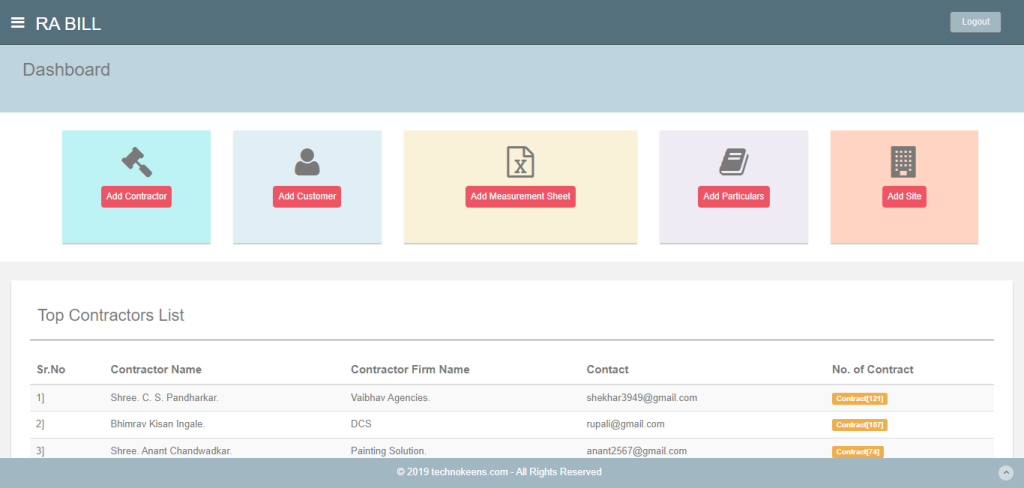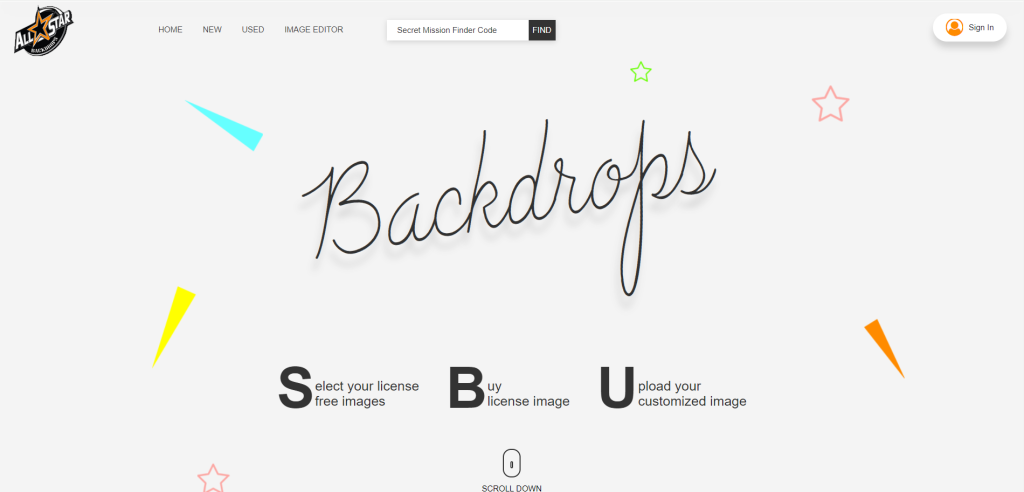Mobile Application Development
Technokeens: Unleashing the Potential of Mobile Application Development
Mobile Application Development refers to the process of creating software applications that run on mobile devices, such as smartphones and tablets. This service is crucial in today’s digital world, where mobile usage has surpassed desktop usage for many online activities.
Overview
Crafting Intuitive Mobile Experiences: Navigating App Development for User Satisfaction and Platform Reach
The development of a mobile application starts with a thorough analysis of its purpose and desired functionality. This initial step is crucial as it sets the foundation for the entire development process. From simple utility apps to complex social media platforms, the possibilities are vast. However, one must always keep in mind the target audience and their specific needs.
Another important aspect to consider is the user interface (UI) design. A visually appealing and user-friendly interface is essential for attracting and retaining users. The layout, colors, typography, and overall aesthetics play a significant role in creating an intuitive and engaging app. Additionally, the user experience (UX) should be seamless, ensuring that users can navigate the app effortlessly and enjoy a pleasant experience throughout.
When it comes to mobile app development, there are two primary types to consider: native and cross-platform. Native apps are built specifically for one platform, such as iOS or Android. Developers use platform-specific programming languages like Swift for iOS or Kotlin for Android to take full advantage of the device’s hardware and software capabilities. This results in a high-performance user experience, as native apps can leverage all the features and functions of the platform they are built for.
On the other hand, cross-platform apps are developed using technologies like React Native or Flutter. These frameworks allow developers to write code once and run it on multiple platforms, eliminating the need for separate codebases for each platform. This approach not only saves time and effort but also ensures a broader reach as the app can be deployed on various operating systems. However, it’s important to note that cross-platform apps may have some limitations in terms of performance and integration with specific device features.
In conclusion, developing a mobile application requires careful planning and consideration of various factors. From identifying the app’s purpose and functionality to designing an intuitive UI and providing a seamless UX, every detail matters. Choosing between native and cross-platform development depends on factors such as performance requirements, budget, and target audience. By taking these aspects into account, developers can create successful mobile apps that meet user expectations while delivering an exceptional experience.
Industries

Mobile App Development: From Concept to Deployment -
The development process includes several stages: planning, design, development, testing, and deployment. In the planning stage, the app’s functionalities and requirements are defined. During the design stage, the app’s layout and visual elements are created. The development stage involves writing the actual code and building the app. Testing is crucial to identify and fix any bugs and ensure the app runs smoothly across different devices and operating systems. Finally, the app is deployed to app stores for users to download and use.
Impact
Continual Evolution: Post-Launch Maintenance and Updates in Mobile App Development
Mobile app development also includes post-launch maintenance and updates. Apps need to be regularly updated for new operating system versions, bug fixes, and new features to meet users’ evolving needs and preferences.

Related Case Studies
Take a look at
these related case studies

Renovation System Pro
Introducing a comprehensive project management and financial solution for the renovation industry, designed to streamline resource management, predict uncertainties with AI-driven anomaly detection, and facilitate financing through credibility analysis and fintech collaboration, complemented by a simplified and transparent bidding platform for project and property owners

House Owner Management System
Explore the challenges faced by property owners like Mr. Johnson who juggle the complexities of managing a portfolio of rental properties, and society owners struggling with the demands of overseeing community operations, as they both seek efficient systems to streamline task management, communication, and organizational responsibilities.

E-Painter

E-Tender

ASBD All Star Backdrop

Student Management System

E-Commerce Grocery Store

Investment Advisory Service

Taxi Booking App

Estimate Generator And Management Portal
Government employees, specifically junior engineers, are responsible for creating and managing estimates in an Excel sheet. This process involves using specific formulas for calculations. However, due to the large amount of data and records, searching, deleting, and updating records is a lengthy and time-consuming task.

Student Management System

